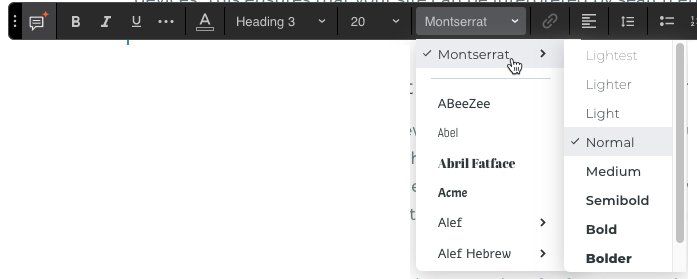
Otherwise, it will look into all the columns that have texts. $ gives Google Sheets indication to lock column C and search only in Column C.In this custom formula =$C5="Bangalore" : You will see all the rows in which Bangalore is present in column C is now highlighted. Go to Format > Conditional Formatting > select Custom Formula > enter custom formula =$C5=”Bangalore” > Done. To do this, select the entire range from A5:F14. With Custom Formula, you can highlight an entire row in which the text “Bangalore” is present. You can also change the font of your texts.ĭate-based Conditional Formatting in Google Sheets Using Custom Formula to apply conditional formattingĬustom formula lets you add specific formulas to apply conditional formatting based on other cell values or to an entire range.įor instance, when using text-based rules, cells that contained the mentioned text “Bangalore” were highlighted. You can bold, italic or strikethrough your texts. You will notice a Custom Format option as well. However, you can always pick a color of your choice. Google Sheets will show you 6 color variations.

If you want, you can change it to any other color. Now if you look, all the cells that are empty are not highlighted.

Here we will apply this rule for the entire range of data on our sheet: A1 to F14. To set a rule for a cell that is not empty, go to Format > Conditional Formatting > select format cell if it is not empty. It can be number, text, date, or any other detail. You can apply conditional formatting rules for a cell that contains data. Applying Formatting Rules for Non-empty Cells You can apply formatting conditions for texts, dates, numbers, as well as add custom conditional formatting in Google sheets to suit your needs. The Format cells if clause has a long list of options that you can choose from. Go to Format option and scroll down to find Conditional Formatting option. To start, open a blank Google Sheets if you want to enter data first and then start working on it, or open the Google Sheets where you already have your data.
#How to strikethrough text in wix how to#
Now, let’s see how to apply conditional formatting in Google Sheets for more than a single cell.


Range: The cell or cells where you want to apply the formatting.To apply conditional formatting, you need to mention: The color or style of the cells changes based on the rules that you have set for that cell or that row or column. Google Sheets conditional formatting follows the If-Then rule. How to Apply Conditional Formatting in Google Sheets? Here we will take you through the steps to add conditional formatting to Google Sheets and the different types of rules that you can use. This helps in understanding the data on the sheet at a glance. While Google Sheets has a range of functions to create and organize data, there is another feature that makes Spreadsheets extremely powerful - Conditional Formatting.Ĭonditional Formatting in Google Sheets lets you add rules to highlight a cell, an entire row, or an entire column when it meets the set criteria. The simple rows and columns make it easy to work with a large data set in one go. Google Sheets is always the first choice: to house tons of data or export any report, create a to-do list, or manage works.


 0 kommentar(er)
0 kommentar(er)
